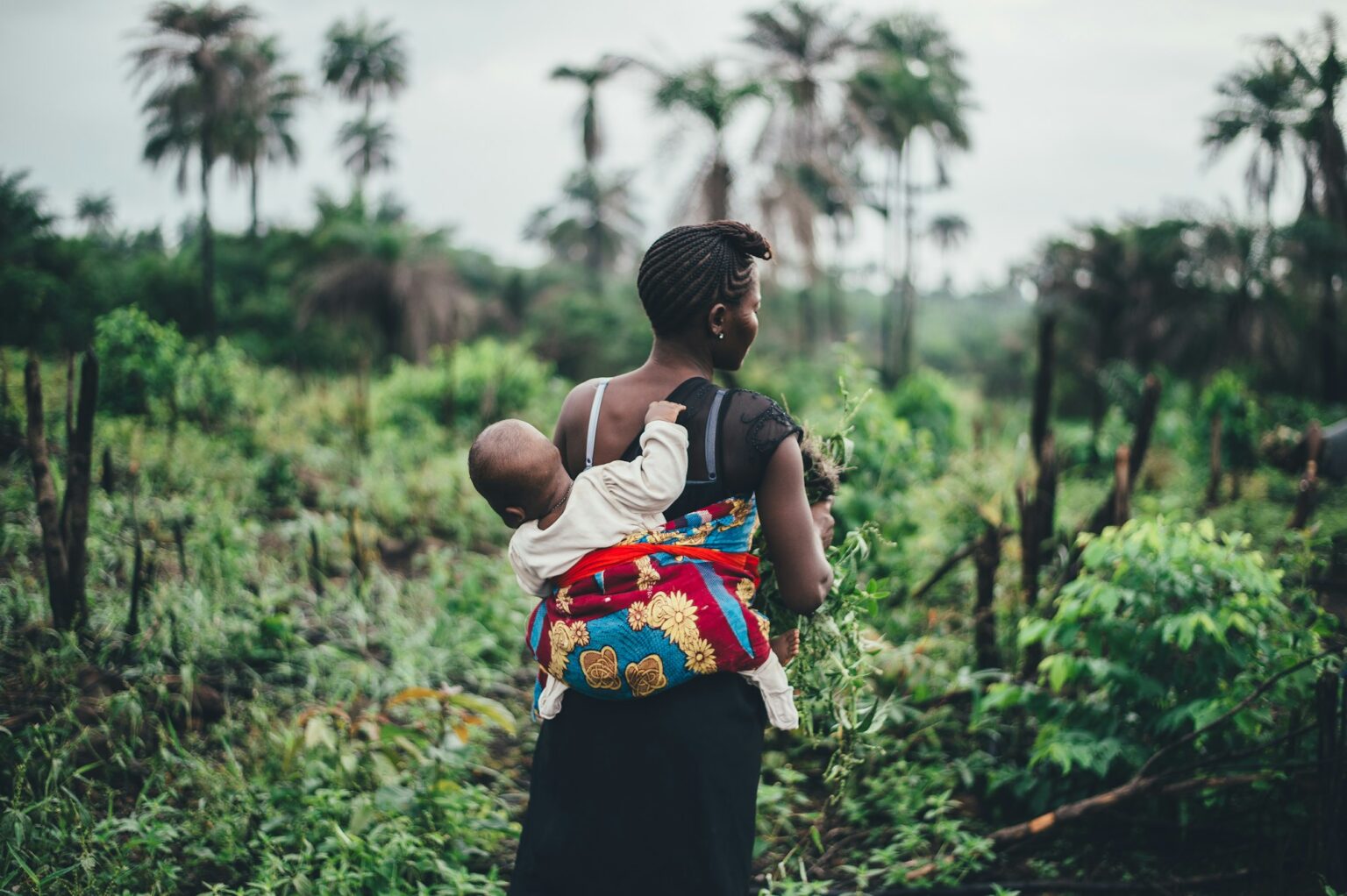ABUJA, NIGERIA- Africa is known for its rich culture and diversity, and some countries are leading the way with high fertility rates in 2024. But what exactly is a fertility rate? It’s a way of measuring how many children, on average, a woman is likely to have over her lifetime. It may sound like just a number, but it tells a bigger story—one about culture, family values, and everyday life across the continent.
As we reveal the top 10 African countries with the highest fertility rates, you might be surprised by who made the list—and who didn’t.
Let’s find out if your country made the cut based on recent data:
10. Burundi – 4.90 Children per Woman
Burundi, located in East Africa, has a fertility rate of 4.90 children per woman. Many people in rural areas depend on large families for help with farming and other manual labor. However, the high birth rate places pressure on healthcare services and schools.
9. South Sudan – 5.15 Children per Woman
In South Sudan, each woman has an average of 5.15 children. The country is still recovering from years of conflict, which limits access to family planning and healthcare services. Many families continue to have many children, especially in rural areas.
8. Somalia – 5.20 Children per Woman
Somalia’s fertility rate is 5.20 children per woman. The country faces challenges such as limited healthcare facilities and cultural norms that favor large families. Although Somalia has experienced conflict, its population continues to grow rapidly.
7. Uganda – 5.26 Children per Woman
Uganda’s fertility rate stands at 5.26 children per woman. The country has one of the youngest populations in the world, and its high birth rate is fueled by cultural traditions in many regions.
6. Chad – 5.35 Children per Woman
Chad, a country in Central Africa, has a fertility rate of 5.35 children per woman. Large families are common, with many women marrying young. This has created challenges for the healthcare system, particularly in rural areas where resources are limited.
5. Benin – 5.39 Children per Woman
Benin has a fertility rate of 5.39 children per woman. Cultural expectations of having large families remain strong, particularly in rural areas. While there has been progress in urban regions with better access to family planning, the fertility rate remains high overall.
4. Mali – 5.45 Children per Woman
Mali’s fertility rate is 5.45 children per woman. Despite efforts to promote family planning, many families in Mali continue to have a large number of children due to cultural and religious beliefs. This rapid population growth has led to increased demand for healthcare and education services.
3. Democratic Republic of Congo – 5.56 Children per Woman
The Democratic Republic of Congo (DRC) has a fertility rate of 5.56 children per woman, placing it among the highest in Africa. Despite the country’s wealth in natural resources, many regions are still developing. Families in rural areas tend to have more children to support agricultural work, and limited access to healthcare services makes family planning difficult.
2. Angola – 5.76 Children per Woman
Angola ranks second, with a fertility rate of 5.76 children per woman. The country’s population has been growing rapidly, driven by cultural norms that encourage large families. Many women in Angola have children at a young age, and healthcare facilities are still expanding to meet the needs of a growing population.
1. Niger – 6.73 Children per Woman
Topping the list is Niger, with a fertility rate of 6.73 children per woman, making it the highest in Africa and the world. Large families are highly valued in Niger’s culture, particularly in rural areas where children contribute to household work. Despite ongoing efforts to improve access to education and healthcare, family planning services are still limited, and the birth rate remains high.
https://www.africanexponent.com/top-10-african-countries-with-the-highest-fertility-rates-in-2024-is-yours-one-of-them/


